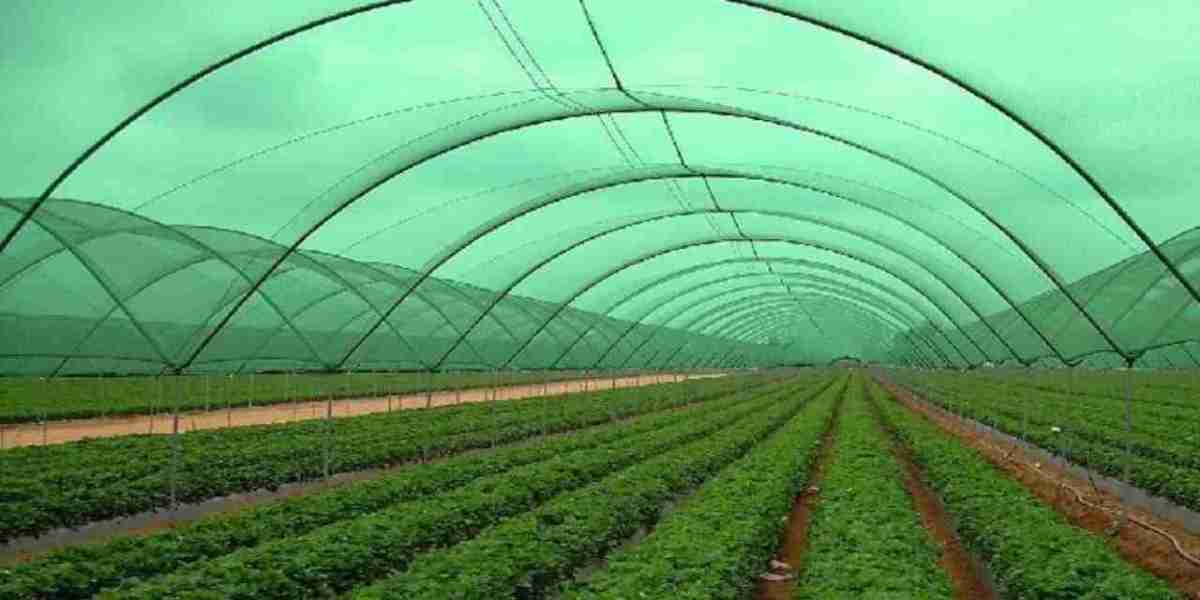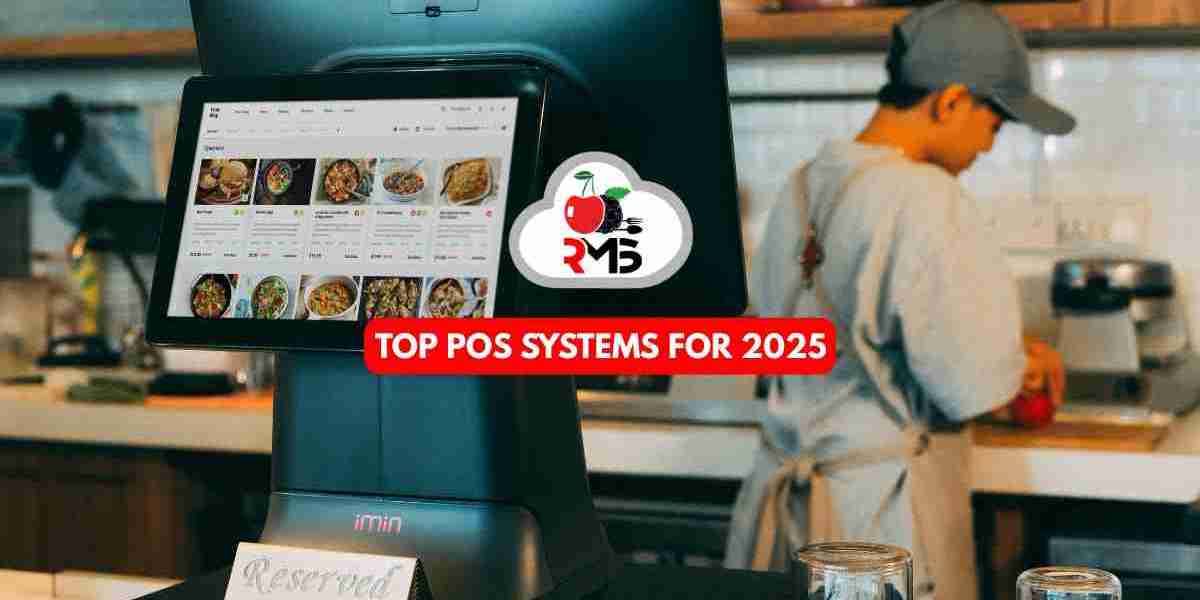Sustainability will define future product development
The agricultural textiles market is expected to shift further towards sustainability, with biodegradable and recyclable agrotextiles becoming the standard. Global emphasis on reducing plastic waste and the carbon footprint of agricultural operations will drive manufacturers to develop environmentally friendly alternatives. Companies investing in green technologies will gain long-term competitive advantage, particularly in regions with stringent environmental regulations.
Global food security needs fuel long-term demand
With the world population projected to reach nearly 10 billion by 2050, agricultural productivity must increase significantly. Agrotextiles—such as mulch films, crop covers, and shade nets—play a crucial role in enhancing yield, reducing input costs, and protecting crops from climate variability. As nations work to ensure food security, demand for agricultural textiles is expected to accelerate, particularly in developing countries with expanding agricultural sectors.
Smart agrotextiles will transform modern farming
The integration of sensors, IoT (Internet of Things), and data-driven solutions into agrotextiles is set to reshape modern farming. Smart textiles that monitor soil moisture, temperature, and pest activity allow real-time decision-making, enabling precision agriculture. These advanced products will gain traction as technology becomes more affordable and accessible, particularly in North America and Europe, with adoption gradually increasing in emerging markets.
Growth in vertical farming and controlled environments
The rising popularity of vertical farming, hydroponics, and greenhouse agriculture will contribute to increased usage of specialized agrotextiles. These farming systems require high-performance textiles for shading, humidity control, insulation, and pest exclusion. As urban agriculture expands globally to meet local food demands, manufacturers will develop purpose-built textiles to cater to these modern agricultural formats.
Government policies and incentives to support growth
Governments across the globe are expected to expand incentives, subsidies, and policies that promote the adoption of agricultural textiles. Supportive programs that encourage sustainable farming, resource conservation, and yield improvement will further drive market expansion. Policy alignment with climate resilience goals will enhance funding for eco-friendly innovations in the sector.
Expanding reach in untapped rural and emerging markets
Although developed regions remain early adopters of agrotextile technologies, the real growth potential lies in emerging economies. Asia-Pacific, Africa, and Latin America are projected to be the fastest-growing regions due to large agricultural populations, increasing rural mechanization, and greater access to market education. Companies that establish strong local distribution networks and invest in farmer training will benefit most from this expansion.
Product diversification to meet changing crop and climate needs
As global climate patterns shift, farmers are seeking specialized solutions tailored to local growing conditions. Agrotextile manufacturers will focus on producing region-specific products—such as frost covers for temperate zones and UV-resistant shade nets for tropical regions. Crop-specific solutions, including those for grapes, bananas, and berries, will also become a key area of innovation.
Focus on circular economy and waste reduction
The future market will also be shaped by the circular economy model. Companies will explore ways to recycle used agrotextiles, reduce manufacturing waste, and implement closed-loop production systems. Recycling programs and biodegradable inputs will gain importance as buyers and regulators prioritize environmental accountability.
Challenges remain, but long-term outlook remains positive
Despite its promise, the agricultural textiles market must overcome barriers such as high initial costs, limited awareness among smallholder farmers, and inconsistent product quality. However, these challenges are being addressed through technological advancement, government intervention, and private sector investment. With time, widespread adoption is expected.





